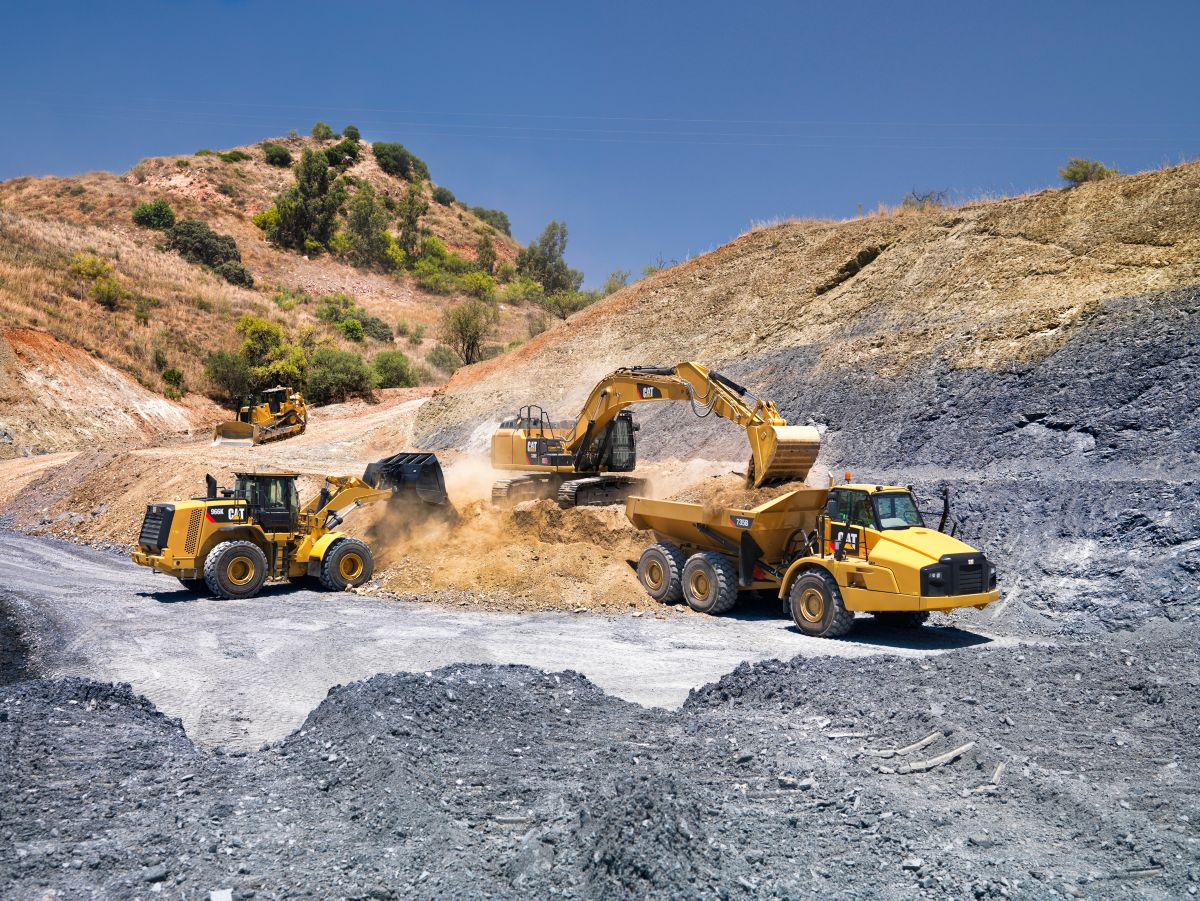Forklift Rental: Heavy Training Equipment for Warehousing and Much more
Forklift Rental: Heavy Training Equipment for Warehousing and Much more
Blog Article
Optimize Your Budget by Comprehending the Costs Connected With Building And Construction Devices Services
Recognizing the full extent of prices linked with construction tools leasings is vital for maximizing your budget. What approaches can be employed to efficiently manage these costs and make sure a much more effective rental experience?
Review of Rental Costs
When thinking about building equipment services, comprehending the associated prices is critical for reliable budgeting and project planning. Rental prices can differ considerably based upon numerous factors, including devices kind, period of rental, and place. The preliminary rental cost usually shows the equipment's market demand and its linked operational capacities, influencing the total expenditure.
Along with the base rental price, supplementary costs might develop, such as transportation charges, gas additional charges, and maintenance costs. It is necessary to make up these additional expenditures to accurately evaluate the overall expense of leasing devices. The rental period can influence prices; longer services might qualify for discounted rates, while short-term leasings could sustain greater everyday costs.

Break Down of Rental Prices
A thorough understanding of rental rates is necessary for specialists and job managers intending to enhance their spending plans. Rental rates for construction equipment normally include a number of components, consisting of base rates, time-based charges, and usage costs.
Base prices are the core charges related to the leasing of the devices, typically determined by the kind and dimension of the machinery. These prices can vary substantially, affected by factors such as equipment demand, availability, and local market fads. Time-based charges, which may be daily, weekly, or monthly, offer to fit different task timelines and rental durations.
Additionally, rental prices may include usage costs, which are suitable when tools is used past a defined limit, making certain that the rental firm can account for wear and tear. Seasonal demand fluctuations can additionally affect rental prices, with peak building and construction seasons commonly regulating greater rates.
Moreover, recognizing the rental company's policies regarding upkeep and insurance policy can offer further understanding right into the overall price structure. By analyzing these elements, professionals can make educated choices, guaranteeing the selection of rental devices lines up with both task needs and spending plan constraints.
Added Fees to Think About
Understanding the details of additional fees is important for service providers to handle their overall rental expenditures successfully. Beyond the typical rental rates, various supplemental fees can considerably influence the overall price of tools leasing. These fees typically include distribution and pick-up charges, which can vary based upon range and logistics associated with transporting the tools to and from the task site.
In addition, some rental business may impose fuel surcharges if the devices is returned with much less gas than when rented out. It is also necessary to know possible cleaning charges, particularly for customized devices that calls for comprehensive upkeep after usage.

Completely examining the rental agreement and clarifying these added fees ahead of time can aid professionals guarantee and stay clear of unanticipated expenses that spending plans continue to be intact throughout the project lifecycle.
Upkeep and Repair Work Expenditures
Normal repair and maintenance expenditures are my site typically neglected aspects that can dramatically affect the general expense of building tools leasings. When leasing devices, it is important to think about not only the rental costs however likewise the potential expenses related to maintaining the machinery in ideal operating problem.
Numerous rental firms include fundamental upkeep as component of the rental contract; however, extra unanticipated breakdowns or substantial repairs can lead to extra expenditures. It's necessary to examine the rental agreement meticulously to recognize what maintenance services are covered and what duties fall on the renter.
In addition, tools that is not properly maintained can lead to inefficiencies on the job site, potentially increasing and triggering hold-ups task prices. To mitigate these risks, it is a good idea to carry out routine assessments and keep open interaction with the rental provider regarding any type of problems that emerge during usage.
Insurance Policy and Liability Expenses
Insurance and responsibility expenses are find out vital parts that can dramatically impact the overall cost of building tools leasings (aerial lift rental). These prices ensure that both the rental firm and the customer are safeguarded from prospective economic losses developing from mishaps, damages, or burglary during the rental duration

In addition, clients need to understand any deductibles or exemptions in the insurance plan, as these can impact prospective out-of-pocket expenditures. Comprehending the terms of any kind of insurance policy coverage is vital to avoid unforeseen costs. Eventually, budgeting for insurance coverage and liability expenses can help guarantee a smoother rental experience and secure versus financial risks connected with building and construction tasks.
Conclusion
In final thought, a detailed understanding of the costs linked with building and construction devices leasings is essential for reliable budget plan management. Eventually, notified decision-making regarding tools rentals adds to the overall success of building undertakings.
Rental costs can vary considerably based on numerous factors, including devices kind, duration of service, and place (heavy equipment rental). The rental period can affect pricing; longer leasings may certify for affordable rates, while temporary rentals could incur greater everyday fees
By performing detailed see research and engaging with reputable rental business, specialists can efficiently navigate the complexities of rental rates, ultimately maximizing their financial resources.
Past the basic rental rates, various supplemental charges can significantly affect the total cost of devices service. Rental companies typically give obligation insurance policy that covers injuries to 3rd events or damages to residential property, while tools damage insurance can cover the expense of fixings or substitute if the leased tools is harmed.
Report this page